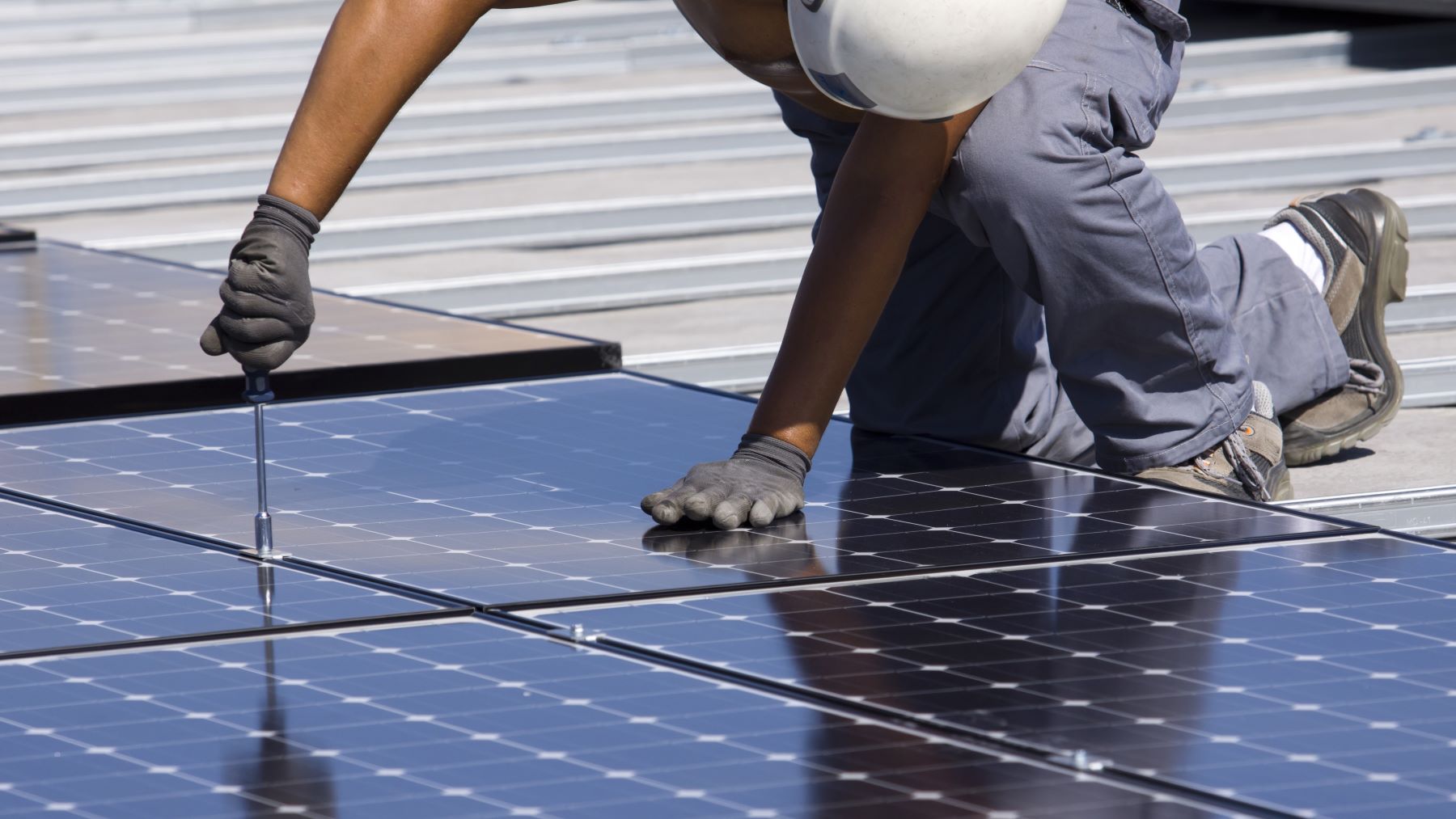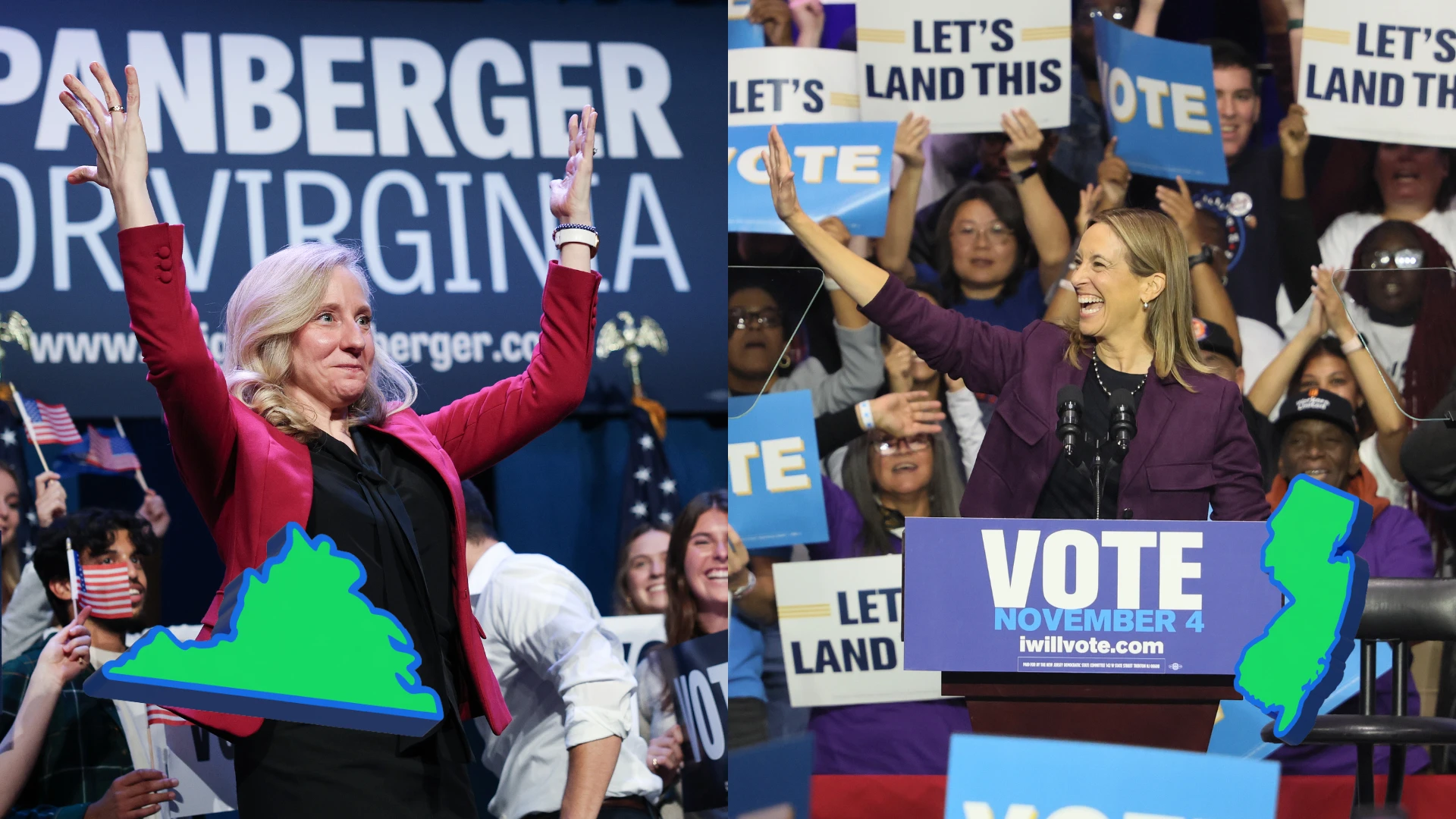Who Won the Awards?
Out of the nearly 300 applications submitted to EPA, 25 were selected at the state and municipal level. Of the 25 awardees, 13 are states or state coalitions, 11 are municipalities or municipal coalitions, and one is for Tribes.
The states awarded are:
- Pennsylvania: Covering industrial climate pollution and workforce development
- Illinois: Addressing agriculture and natural and working lands, buildings, clean power, industry and transportation
- Michigan: Accelerating siting, zoning, and permitting of renewable energy
- Nebraska: Addressing agriculture and working and natural lands, buildings, power, and industry
- Minnesota: Addressing agriculture and natural and working lands, buildings, industry, transportation, and waste
- Colorado: Covering buildings, clean power, industry, transportation and waste,
- Oregon: Addressing buildings, transportation, and waste
- Utah: Addressing buildings, clean power, industry, and transportation
- Montana: Covering agriculture and natural and working lands
- Virginia: Covering clean power, industry, and waste
The state coalitions awarded are:
- New Jersey in partnership with Connecticut, Delaware, and Maryland will build out a medium and heavy-duty charging corridor along Interstate 95 (I-95)
- Connecticut in partnership with Maine, Massachusetts, New Hampshire, and Rhode Island will accelerate heat pump addition in single-family and multifamily residences
- North Carolina in partnership with Maryland, South Carolina, and Virginia will achieve carbon sequestration of coastal, wetlands, peatlands, forest, and urban forests
Most Impactful Implementation Grant Awards
Now that EPA awarded these grants, ranging from $2 million to $500 million, what do these decisions mean for the future of state climate leadership? The quick answer is a lot. And while every state is now better positioned to tackle its unique climate challenges, these four states’ projects rose to the top for their ambition, impact, and ability to produce benefits for residents.
1. Pennsylvania
The Implementation Grant awards will go a long way in supporting state climate pollution reduction in key sectors, like industrial pollution in Pennsylvania. The Commonwealth has been awarded $396 million, based on the Reducing Industrial Sector Emissions in Pennsylvania application, to cut industrial pollution across the state. This program will decrease climate pollution by 9.2 million metric tons cumulatively between 2025 and 2050, which is the equivalent of powering over 2 million homes for a year. This program will support small, medium, and large-scale facilities with climate pollution reductions by providing grants and incentives to industrial facilities for decarbonization projects, while also creating jobs with prevailing wage and apprenticeship requirements that ensure equitable workforce development. By tackling its biggest source of climate pollution, Pennsylvania will make sure residents experience improved air quality, along with more good-paying job opportunities. Evergreen is proud to have partnered with the Ohio River Valley Institute and labor stakeholders to support this application.
2. Michigan
The Great Lake State will boost renewable energy generation through an award of $129 million for its Accelerating Siting, Zoning, and Permitting of 60 Percent Renewable Energy in Michigan application. This is a critical investment to help the state meet targets set by its 100 percent clean energy law, which was enacted by the state legislature and Gov. Whitmer last year (legislation that Evergreen Action endorsed and worked to pass). This program will reduce climate pollution by 456 million metric tons cumulatively between 2025-2050 through incentives for local governments to deploy solar, wind, and energy storage projects. In addition, it will incentivize renewable energy projects on brownfield sites, which will help the state meet its landmark clean energy law passed last year. By investing $10 million in incentives for projects in Tribal communities and developing technical assistance materials for low-income and disadvantaged communities, the state will strive to leave no communities behind in the urgent transition to clean energy.
3. Utah
EPA is ensuring that pollution reduction is achieved across the nation by providing awards in all regions across a variety of sectors. Utah’s application, the Beehive Emissions Reduction Plan, will be funded at $74 million and is expected to reduce 1.4 million metric tons of pollution between 2025 and 2050. This program will address pollution from vehicles, buildings, power generation, and industry in the state by providing incentives for zero-emission fleet conversion, installing technology to reduce methane pollution from oil and gas facilities, funding solar power generation, and incentivizing energy efficiency upgrades at commercial and industrial facilities. Utah’s application detailed the state’s plans to ensure that small businesses and low-income and disadvantaged communities receive benefits such as electric bikes, vehicles, lawn equipment, and chargers, along with education and workforce training opportunities.
4. New Jersey
By funding coalition applications like New Jersey’s I-95 corridor, EPA is demonstrating that regional collaboration can fast-track climate pollution reductions. The Clean Corridor Coalition will install electric vehicle charging infrastructure for medium and heavy-duty vehicles along the I-95 freight corridor and nearby roads, which will cut 18.6 million metric tons of pollution from the region between 2025-2050—the equivalent of taking over 5 million fossil fuel-powered vehicles off the road. This project will provide technical assistance and workforce training to prepare 400 workers to efficiently install hundreds of electric vehicle chargers throughout the region. There will be specialized workforce training opportunities to support low-income and disadvantaged community members to help put them on the path to high-quality employment in the clean energy economy.




